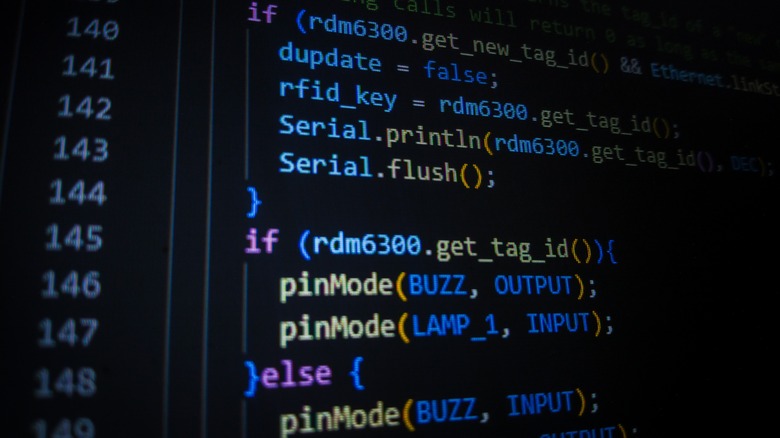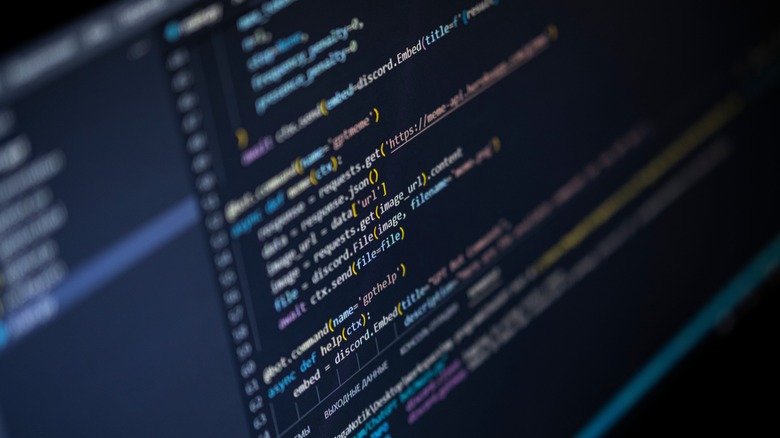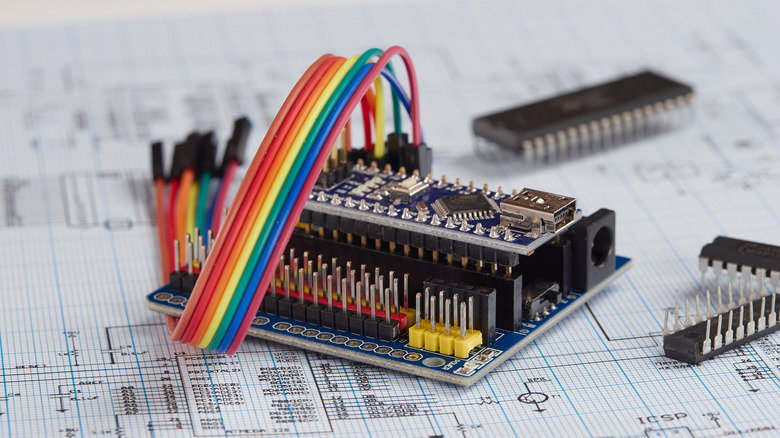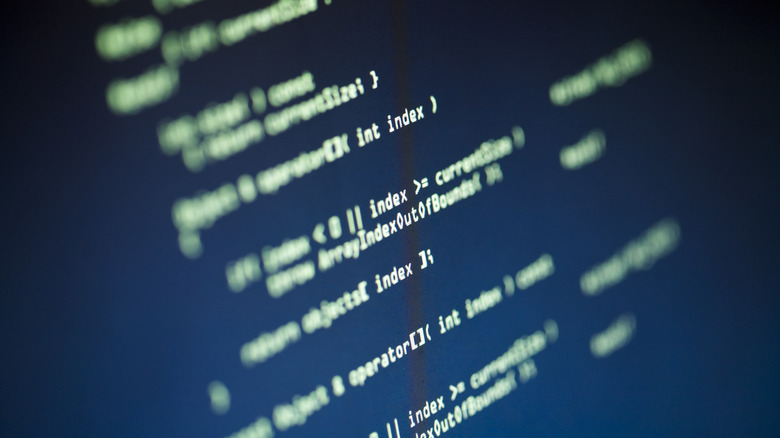Understanding Arduino's Code Language & How It Works
If you're into robotics or electronics, you've likely come across Arduino—a small microcontroller that can control sensors and motors for nifty DIY projects. Like the Raspberry Pi, the Arduino is commonly seen in educational settings, and there are plenty of fun and easy Arduino projects for beginners.
One aspect that makes Arduino beginner-friendly is its universal programming language, powered by the Arduino Integrated Development Environment (IDE). Unlike Raspberry Pi, the Arduino platform is entirely open-source, which allows users to view and modify the IDE's source code, which is hosted on GitHub.
Compared to the Raspberry Pi, which can be programmed with multiple programming languages such as Python, Java, and C++, Arduino only has one programming language, in addition to many libraries online. This is great news for those getting started with Arduino, as it's easy to find help if you need it. Arduino also has an active, large community to assist newcomers, so you can spend less time learning and more time creating. Let's explore everything there is to know about Arduino's programming language.
What programming language is Arduino based on?
Arduino's language is based on C++, which is one of the most popular programming languages used by developers today. C++ is geared towards larger apps and is responsible for some of the code behind YouTube, Amazon, and even Windows.
As an in-depth programming language that many consider difficult to learn, you may wonder why a simple electronics platform designed with such a complex programming language. The answer is C++ is a powerful programming language, which is essential for achieving high performance in your robotics and electronics projects. Secondly, the version of C++ Arduino uses is greatly simplified, and you'll only be using a small proportion of what C++ is capable of.
Although Arduino's programming language is based on C++, you won't be able to use all of its commands. But, you can still use objects in Arduino's IDE, which are a fundamental aspect of C++. The C++ language is also very readable, so you'll be able to learn commands faster. After writing a code file (referred to as a sketch in Arduino), the code will be instantly compiled and translated into machine code. The Arduino is built to power up and shut down immediately, which also creates a faster workflow for your DIY projects.
Is Arduino's programming language easy to learn?
While Arduino's language is structured on a basic version of C++, it also provides an easy syntax for beginners. Because C++ is one of the most-used programming languages, it won't be difficult to find help when it's needed. However, you'll find plenty of options for extra support, including the largely active Arduino forum, a help center, plus helpful documentation online. There are also plenty of tutorials circulating online to help you learn and troubleshoot projects.
For those getting started with Arduino, there's a Language Reference Page available on Arduino's website if you need reminding of different commands. You'll also need to make sure you're using the latest version of the Arduino IDE. Arduino hasn't always offered the best debugging options. However, it has improved since the release of the Debugger in the Arduino IDE2 as of January 2024. To use the debugger, you'll need any compatible SAMD board, which includes the Arduino Zero, announced 10 years ago.
You can also use Arduino libraries
Another standout feature of Arduino's programming language is the many libraries you can import into your code. Libraries offer a range of extra functionalities beyond the base programming language which makes controlling sensors, LEDs, and other components easier. They can also simplify tasks, contributing to Arduino's beginner-friendly design.
Arduino's standard libraries come preinstalled in the IDE, so you don't have to search around online. Using a library in your Arduino sketch only requires a few simple steps:
- Navigate to the Sketch Menu
- Select "Import Library"
- Choose the library you'd like to add to your Arduino code.
As Arduino is built for creatives, there's also the option to write your own libraries or install third-party ones. For installing other libraries, you can follow the official tutorial on Arduino's website. The options are far from short, with thousands of libraries located on the Arduino Library Reference Page. From communication to display to device control, there are endless options to suit your programming needs.
Arduino's programming language is ideal for newbies because of its gentle learning curve. With an easy syntax and dozens of helpful libraries, the Arduino IDE shouldn't pose a challenge for beginners. Plus, if you are stuck, there's a vast amount of resources and tutorials online to guide you along the way.



